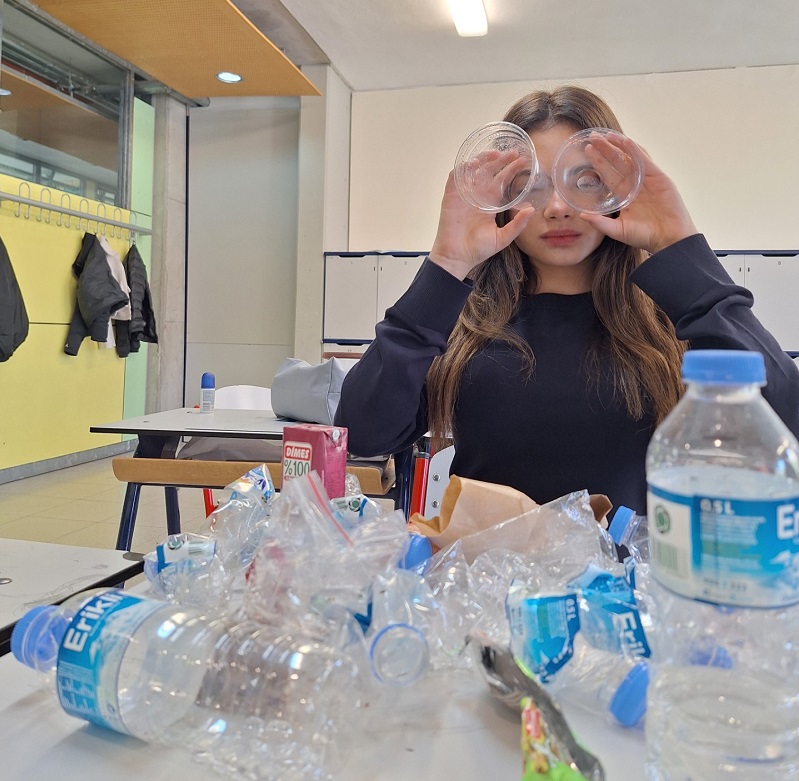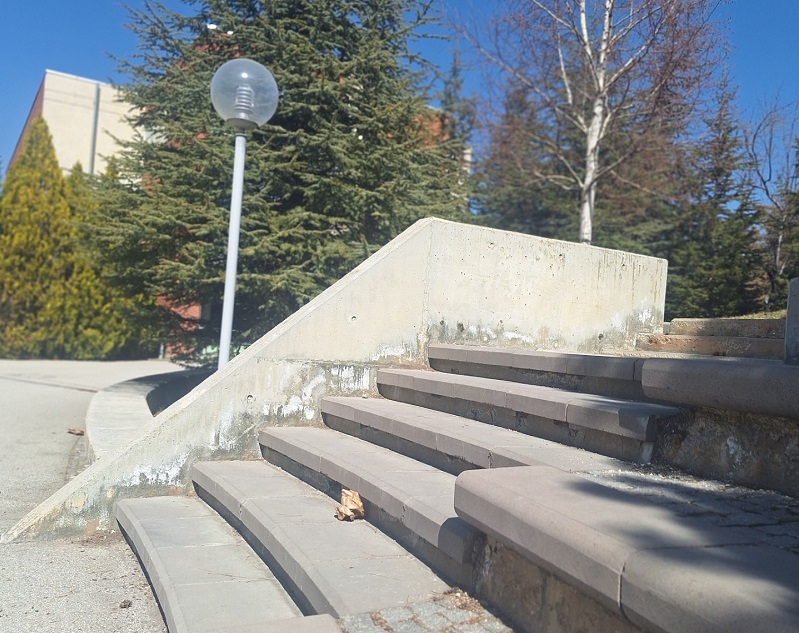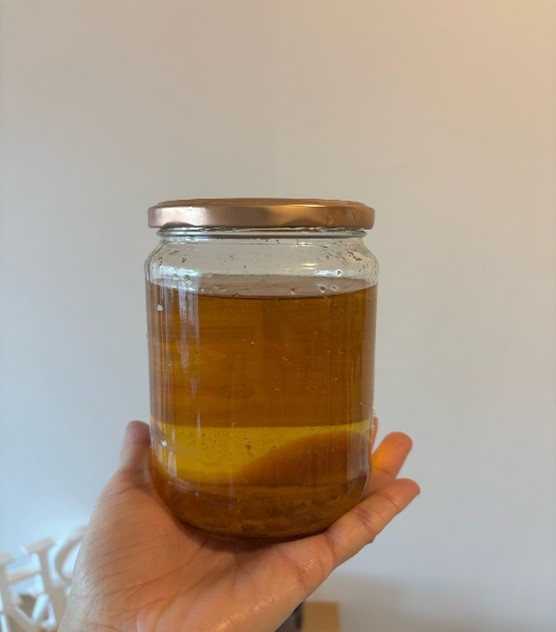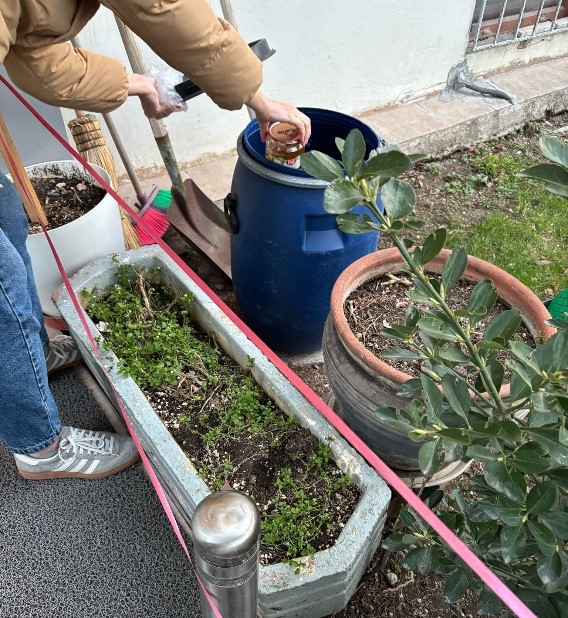

A Project for the environment: A student conducted a study related to waste oils
What is Waste Oil?
The number of cars, machinery, and pieces of equipment used rises as companies expand and more people relocate to cities. Because of this the amount of oil is gradually increasing. These oils are separated into two types: waste oil and used oil.
Used oil has been used before and is therefore tainted by physical or chemical contaminants. Old transmission oil, motor oil, braking fluid, hydraulic oil, and gearbox oil are a few types of used oil. Used oil is a recyclable commodity that can be preserved for recycling, reuse, or appropriate disposal, in contrast to waste oil. Oil that has been used is not regarded as waste.
Waste oil on the other hand has never been used because it has been tainted, usually by contamination, rendering it unfit for its intended use. Oil spill cleanup, the bottom sediment of oil tankers during cleanout, and oil tainted by leaking containers are a few examples of waste oil. Waste oil can never be recycled or cleaned again and may exhibit impurity increase or a loss of its original qualities. This poses a problem since it can never be used, even if it is through recycling and cleaning.
The Problems with Waste Oil
Waste oil has severe consequences for the environment, human health, and economies. It has significant environmental effects, primarily through contamination of soil, water, and air. It contains heavy metals like lead, arsenic, and cadmium, which seep into the ground, reducing soil fertility and hindering plant growth. Additionally, waste oil can contaminate water sources, with just one liter of waste oil able to pollute up to 1 million liters of fresh water. It forms a thin film over water surfaces, reducing oxygen exchange, which harms aquatic life. If waste oil reaches groundwater, it can make drinking water unsafe. When burned improperly, waste oil releases toxic fumes such as polycyclic aromatic hydrocarbons (PAHs) and dioxins, contributing to air pollution and acid rain. These chemicals can cause respiratory diseases when inhaled. Waste oil also poses human health risks, as it contains carcinogens and neurotoxic substances that can cause skin irritation, organ damage, and long-term health problems. Effective disposal and recycling are crucial to mitigating these risks.
How to Dispose Of Waste Oil
Government agencies have established appropriate recycling or disposal methods for both waste and used oil in order to stop unlawful dumping and safeguard the environment. To guarantee safe handling and disposal, these oils need to be properly labeled and kept in sealed tanks or containers. These precautions are essential to reduce pollution, protect public health, and avoid financial losses.
Raising Awareness
Even if readers of this post are made aware of the issue at hand and its potential solutions, many adults and children continue to live their lives without knowing these facts, thus exposing themselves and their loved ones to harmful substances.
A sixth grader, İpek Azapcı, carried out a project to raise awareness about this issue. With the help of her mother, the student sent an email to Republic of Türkiye Ministry of Environment, Urbanization and Climate change. She consulted the apartment management and a petition was sent. A container was then sent by The Ministry to her place of residence.
A part of project, a survey is conducted. It was found that not many people were aware of the problems that waste oil causes and also that the amount of oil used per day is more than what we can imagine. It is as much as a big jar and this shows just how grave this problem is. This can also be seen in the picture below. By conducting this survey the student was able to inform many people from all ages about the effects of waste oil and how to be more cautious about it in their daily lives.

Figure 1: A photo from the survey

Figure 2: Collected oil

Figure 3: Oil container
Recycling, proper disposal, and education, are key solutions to the waste oil problem. By implementing effective waste oil management strategies, we can protect the environment, save resources, and reduce pollution.
If a student can do such a project as a school project, we can also implement such studies on behalf of the environment we live in.
Just click the link. https://ced.csb.gov.tr/sss/cevre-lisanslari for further information
PODCAST
https://www.youtube.com/watch?v=qVDjgKXbFT8
WRITERS
Ebru AYDINATAY
Can ALTIPARMAK
Ekin DİVRİK
CLUB ADMINISTRATOR
Dr. Sinem ÖDÜN BAŞKIRAN
REFERENCES
https://www.petro-online.com/news/fuel-for-thought/13/breaking-news/what-is-waste-oil/34144
https://www.petro-online.com/news/fuel-for-thought/13/breaking_news/what_is_waste_oil_recycling_and_how_can_you_get_involved/32832
https://www.machinerylubrication.com/Read/31892/used-oil-waste
https://181.csb.gov.tr/atik-yaglarin-geri-donusum-organizasyonuna-siz-de-dahil-olabilirsiniz-haber-16080


